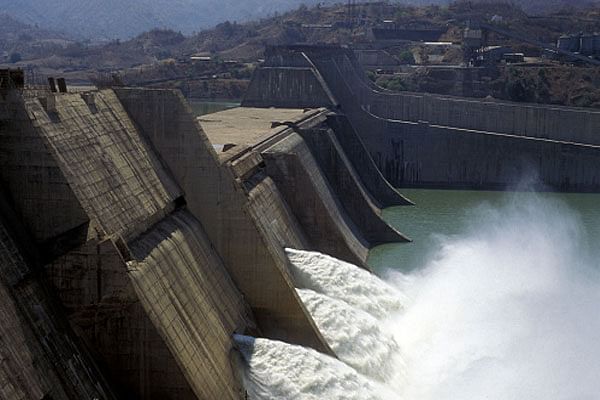
AGEING OF DAMS IN INDIA
WHY IN NEWS?
- According to a United Nations(UN) report “Ageing water infrastructure: An emerging global risk”, over 1,000 large dams in India will be roughly 50 years old in 2025 and such ageing embankments across the world pose a growing threat.
- The report, compiled by Canada-based Institute for Water, Environment and Health,says the world is unlikely to witness another large dam-building revolution as in the mid-20th century, but dams constructed then will inevitably be showing their age.
- The analysis includes dam decommissioning or ageing case studies from the USA, France, Canada, India, Japan, and Zambia and Zimbabwe.
KEY POINTS
INDIAN SCENARIO
- India is ranked thirdin the world in terms of building large dams.
- Of the over 5,200 large dams built so far, about 1,100 large dams have already reached 50 years of ageand some are older than 120 years.
- The number of such dams will increase to 4,400 by 2050.
- This means that 80% of the nation’s large dams face the prospect of becoming obsoleteas they will be 50 years to over 150 years old.
- The situation with hundreds of thousands of medium and minor dams is even more dangerousas their shelf life is even lower than that of large dams.
- Examples: Krishna Raja Sagar dam was built in 1931and is now 90 years old. Similarly, Mettur dam was constructed in 1934 and is now 87 years old. Both these reservoirs are located in the water scarce Cauvery river basin.
PROBLEMS
- Decreasing Storage Capacity – As dams age, soil replaces the water in the reservoirs. Therefore, the storage capacity cannot be claimed to be the same as it was in the 1900s and 1950s. The storage space in Indian reservoirs is receding at a rate faster than anticipated.
- Flawed Design – Studies show that thedesign of many of India’s reservoirs is flawed.
- Indian reservoirs are designed with a poor understanding of sedimentation scienc
- The designs underestimate the rate of siltation and overestimate live storage capacity
- High Siltation Rates – It refers both to the increased concentration of suspended sediments and to the increased accumulation (temporary or permanent) of fine sediments on bottoms where they are undesirable.
CONSEQUENCES
- Less Water — When soil replaces the water in reservoirs, supply gets choked. The cropped area begins receiving less and less wateras time progresses.
- Impact on Groundwater – The net sown water area either shrinks in size or depends on rains or groundwater, which is overexploited.
- Affecting Farmers’ Income — The farmer’s income may get reduced as water is one of the crucial factors for crop yield along with credit, crop insurance and investment.
- It is important to note that no plan on climate change adaptation will succeed with sediment packed dams.
- Frequent Flood – The designedflood cushions within several reservoirs across many river basins may have already depleted substantially due to which floods have become more frequent downstream of dams. The flooding of Bharuch in 2020, Kerala in 2018 and Chennai in 2015 are a few examples attributed to downstream releases from reservoirs.
- Step Taken – Recently, the Cabinet Committee on Economic Affairs has approved the Dam Rehabilitation and Improvement Project (DRIP)Phase II and Phase III.
- It envisages comprehensive rehabilitation of 736 existing damslocated across the country and complements the Dam Safety Bill, 2019.
WAY FORWARD
- The nation will eventually be unable to find sufficient water in the 21st century to feed the rising population by 2050, grow abundant crops, create sustainable cities, or ensure growth. Therefore, it is imperative for all stakeholders to come together to address this situation urgently.
- A preventive mechanism to avoid dam failures is necessary because if a dam fails, no amount of punishment can compensate for the loss of lives.
- Dam decommissioning should be seen as equally important as dam building in the overall planning process on water storage infrastructure developments.
- With the changing climate, it has become absolutely essential to really think about the issue of water carefully and proactively.
